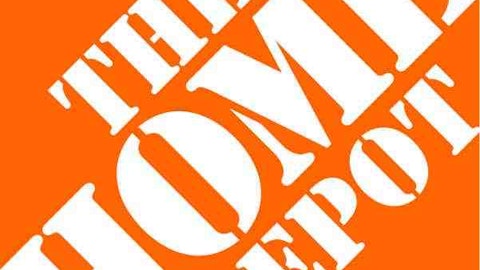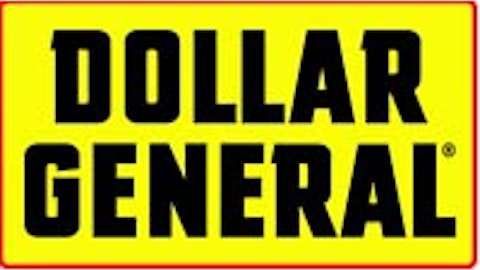The latest new single-family-home sales data for July displayed a 13.4% drop , which was considerably worse than market’s expectations of a 2% to 3% decline . However, the National Association of Realtors has pointed out that sales of existing homes in July increased by 6% sequentially and 17% year-over-year . This indicates that although the increase in rates had a negative impact on new homes, the housing market continues to improve overall.
The increase in existing home sales will create more business opportunities for Home Depot and Lowe’s in the coming quarters. For home-improvement retailers, the year-over-year comparisons will become difficult in the next two quarters because last year’s results received a boost due to some extraordinary weather conditions .
Challenging retail environment
While the housing recovery is doing wonders for Home Depot and Lowe’s (both are trading at more than 20 times their current year’s earnings estimates), it has created a challenging business environment for retailers. This was evident in the recent lackluster results of some of the leading retailers, such as Macy’s and Wal-Mart Stores, Inc. (NYSE:WMT). Consumer spending seems to have shifted in favor of housing expenditures as opposed to other discretionary purchases.
Unlike Home Depot and Lowe’s, Wal-Mart Stores, Inc. (NYSE:WMT) cut its profit forecast by $0.10 per share. Although the U.S economy has been showing signs of improvement, the decrease in government expenditure, a two-percentage-point increase in payroll taxes and rising fuel costs have created a tough business environment for the world’s leading brick-and-mortar retailer. Exchange-rate fluctuations will also have a “significant” negative impact on its sales in the coming quarter. Accordingly, sales growth expectations have now been cut from 6% to just 3% .
The retail environment looks challenging in both international and domestic markets (the company is expecting a considerable loss in Canada this year ); therefore investors should be cautious before putting their money in Wal-Mart Stores, Inc. (NYSE:WMT).
I believe that both Home Depot and Lowe’s are currently the best stocks to buy on the housing recovery. Home Depot and Lowe’s have been up 21.8% and 34.3% this year, respectively, easily outperforming Wal-Mart, which is up 8.6%, and the S&P 500 ETF (SPY), which is up 19% .
However, at these price levels, Home Depot looks more attractive than Lowe’s. Home Depot declined by 2% in the week ending Aug. 23. I believe this could be a nice entry point for investors. Home Depot is slightly cheaper than Lowe’s, as it is trading at lower multiples of trailing, current year and next year’s earnings estimates, as shown in the table below. Home Depot also gives a better yield of 2.1% and generates a much higher return on equity of 27.5%.
| HD | Lowe’s | |
|---|---|---|
| Share Price | 73.89 | 46.98 |
| P/E trailing | 23.46 | 26.89 |
| P/E Current Year Est | 20.36 | 21.65 |
| P/E Next Year Est | 17.3 | 17.93 |
| Yield | 2.10% | 1.60% |
| ROE | 27.50% | 13.86% |
Source: Yahoo! Finance
With an impressive track record and expected improvements in the future, both Home Depot and Lowe’s are ripe for investment – although Home Depot looks more attractive. The increase in mortgage rates will have an adverse impact on new home sales. I believe, however, that due to positive job numbers and increasing home prices, the housing sector will continue to improve, albeit at a slower rate.
The article Home Depot Is Still Looking Good originally appeared on Fool.com is written by Sarfaraz Khan.
Sarfaraz Khan has no position in any stocks mentioned. The Motley Fool recommends Home Depot and Lowe’s.
Copyright © 1995 – 2013 The Motley Fool, LLC. All rights reserved. The Motley Fool has a disclosure policy.




